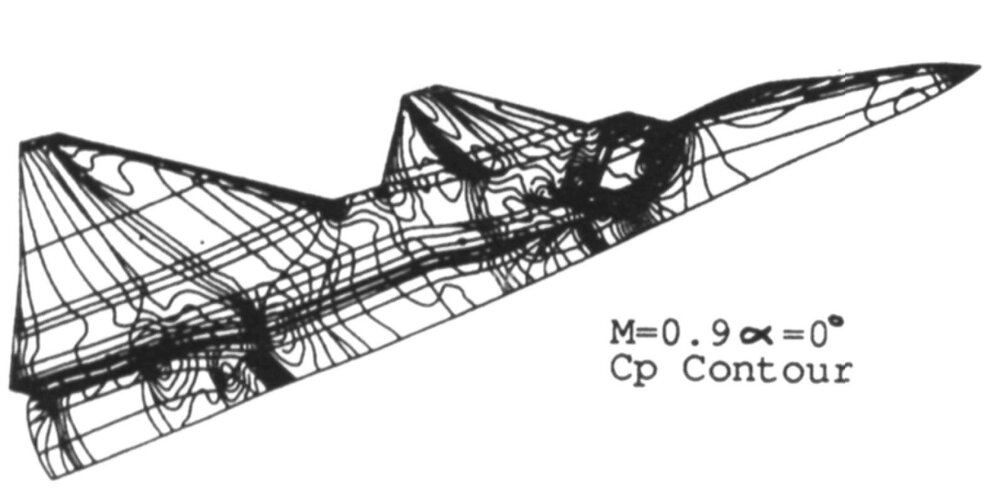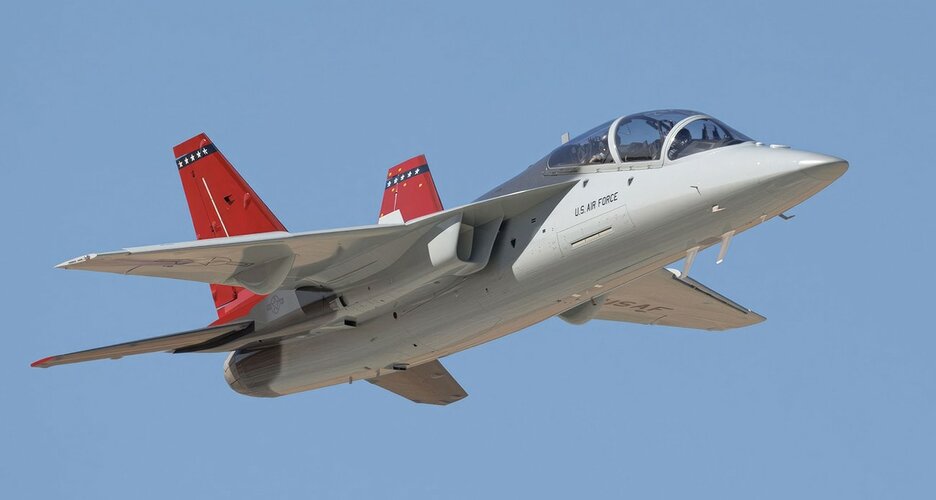Going off the description that sounds a lot like the arrangement used by Boeing's X-32, or am I mistaken? I'm less familiar of the history of Boeing's STOVL fighter design effort but maybe both companies were looking at similar propulsion setup. So somehow McDonnell Douglas drew the short straw and was told to work with Northrop on the gas-driven lift fan just because it was something "different". Of course, that didn't work out and they ended up using a lift jet instead, which the Marines absolutely hated the idea of.
Why were the logistics involved for the lift jet such a dealbreaker anyway? Having to be inspected and maintained like a full-sized engine?



